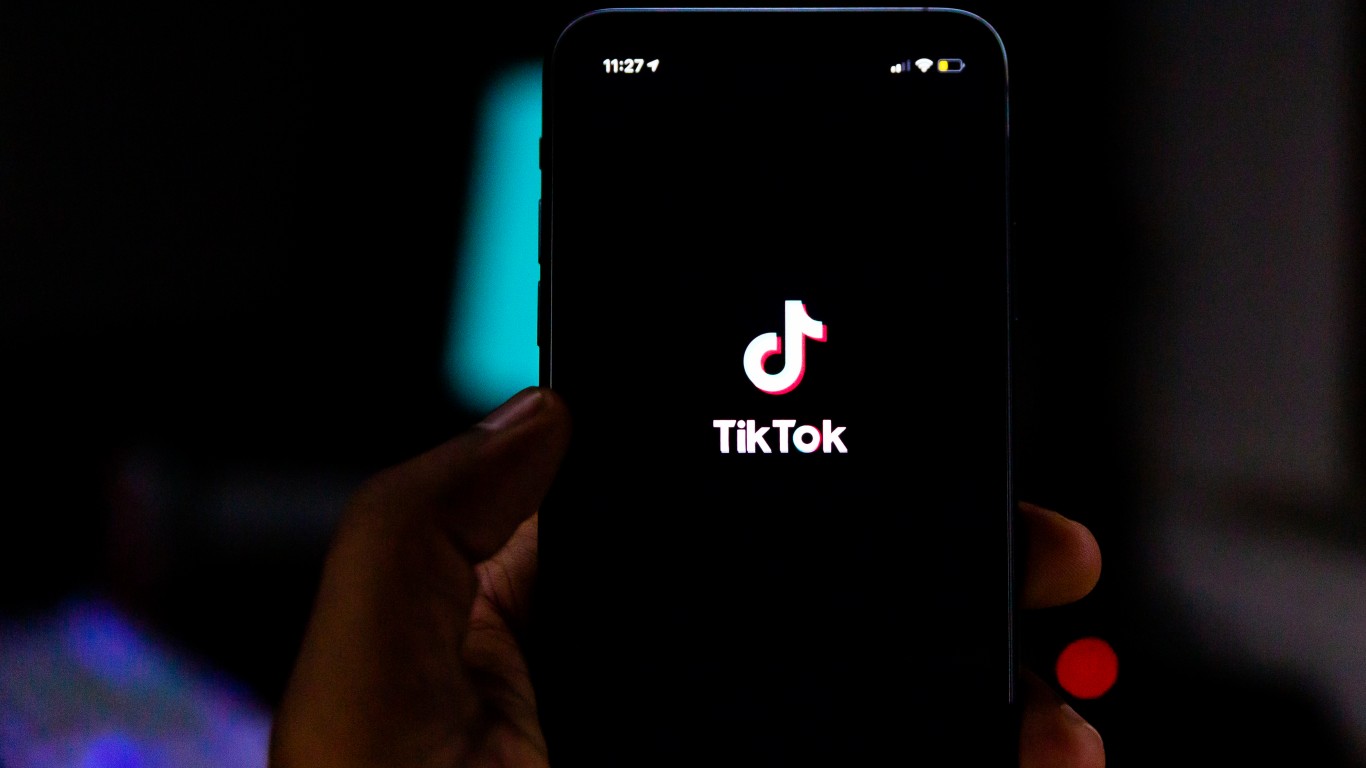
Ford CEO Jim Farley says he is searching for the United Auto Workers (UAW) union. He has offered a new deal for the union members who work at Ford. All he has received back is an echo of his own words. (These 19 executives pay themselves over $150 million a year.)
[in-text-ad]
According to CNBC: “Farley said the company has received ‘no genuine counteroffer’ on its four economic proposals, including the latest offer that Ford is calling the most generous offer ever between the UAW and company.” Farley is trying a tactic that makes his negotiating position look better because the UAW is not talking in good faith, or he wants to look blameless if there is a strike. Either way, a strike is coming. The two sides are too far apart to agree on a new contract.
Farley’s position is no different from those of rivals General Motors or Stellantis. The UAW wants a pay raise of over 40% during the next four years and a 32-hour work week. On paper, these figures would put the financials of the Big Three back into the Stone Age, when the world had no cars.
And looking for the UAW before a strike may be a good gamble. Based on many calculations, the UAW has a strike fund that will last about three months, while workers receive less pay than if they were working. At some point, that is not exciting enough for workers to live on a sliver of what they are used to receiving. The will of the strikers may run out before the union fund does.
Farley and the unions do not want to find one another too soon. Farley cannot, even with a generous offer, avoid the wrath of stockholders if labor gets too good a deal. He is spending too much money on an electric vehicle future already.
On the other hand, the UAW wants to bloody the car companies enough so that a several-day strike will bring them to the table. The UAW should be quieter than rant in public at a stage when the strike is so close. It can claim it was too busy doing other things.
Farley cannot find the UAW because the UAW does not want to be found.
It’s Your Money, Your Future—Own It (sponsor)
Retirement can be daunting, but it doesn’t need to be.
Imagine having an expert in your corner to help you with your financial goals. Someone to help you determine if you’re ahead, behind, or right on track. With SmartAsset, that’s not just a dream—it’s reality. This free tool connects you with pre-screened financial advisors who work in your best interests. It’s quick, it’s easy, so take the leap today and start planning smarter!
Don’t waste another minute; get started right here and help your retirement dreams become a retirement reality.
Thank you for reading! Have some feedback for us?
Contact the 24/7 Wall St. editorial team.
 24/7 Wall St.
24/7 Wall St.
